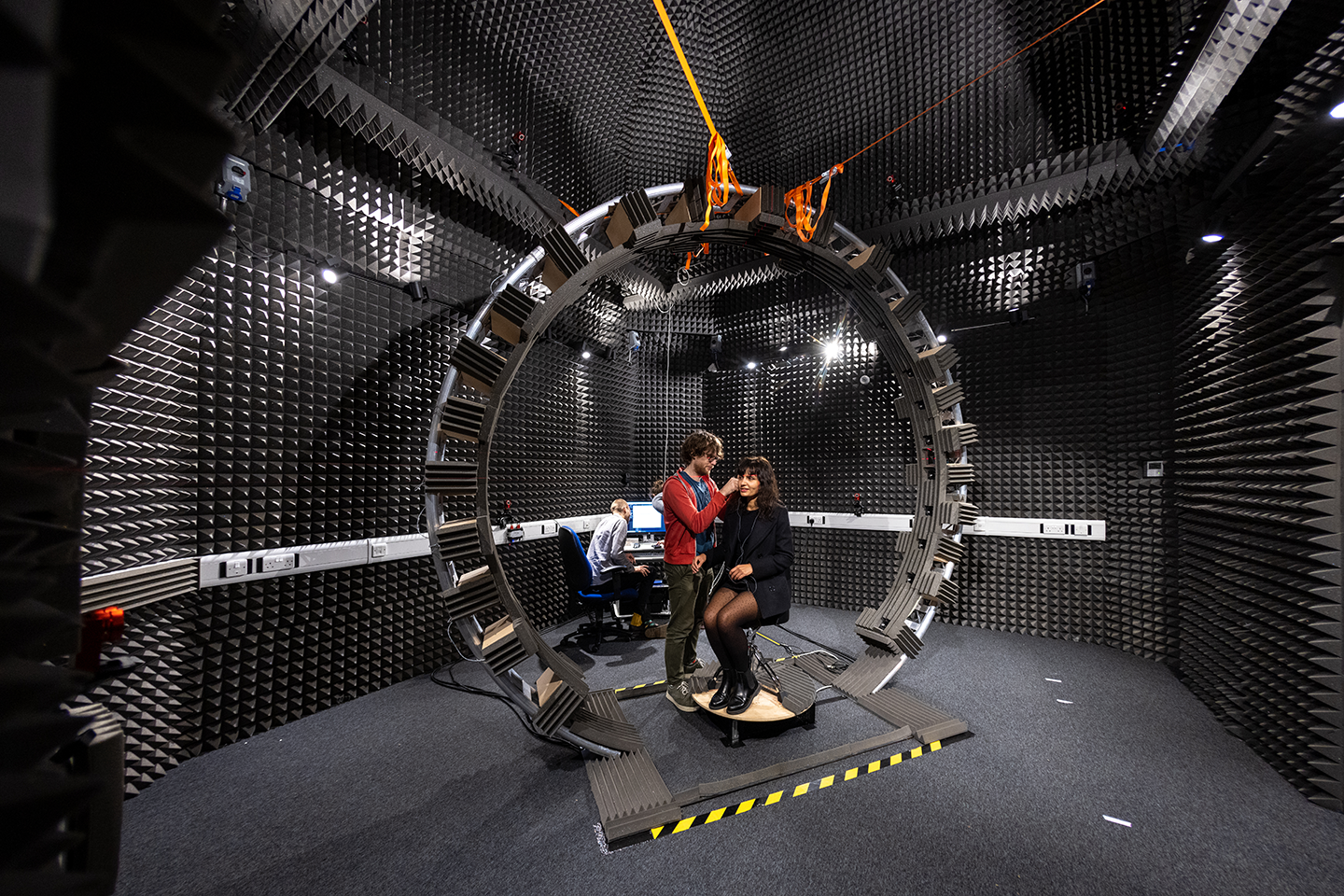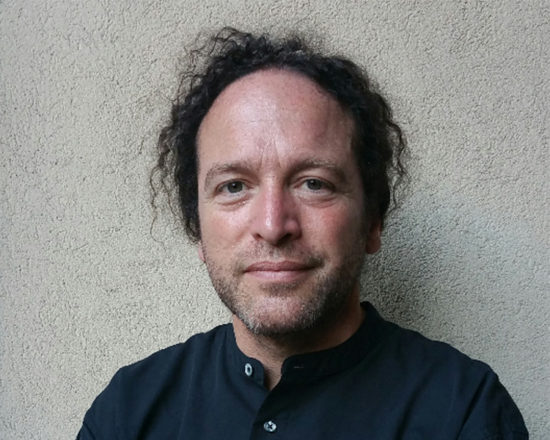


Principal Investigators (PIs)

Brian F.G. Katz
Institute d’Alembert, Sorbonne Université (France)
Profile
Brian F.G. Katz has authored and co-authored over 50 refereed journal publications and 180 conference proceedings in the fields of acoustics, HCI, virtual reality, spatial perception, and room acoustics. He leads the Son Spaces team, within the Institute d’Alembert, Sorbonne Université’s Lutheries – Acoustic – Music group. His work has focused on examining the technological and perceptual limits of realistic and credible acoustic simulations regarding spatial audio, principally binaural, and room acoustics. Brian Katz has worked in the area of binaural audio for almost 30 years. Such work is currently centred on VR acoustic simulations, through assistive devices for the visually impaired such to aid in the preparation of visits to unknown buildings as part of the RASPUTIN (ANR-18-CE38-0004) project, or for historic building reconstructions as part of the European PHE (JPICH-0102) and ANR PHEND (ANR-20-CE38-0014) projects, all three on which he is also project coordinator. His work on binaural rendering quality has been applied to the creation of a free binaural rendering tool, the Anaglyph Binaural Engine.
Brian Katz is coordinator for WP1: “Immersion”, addressing HRTF modelling, Spatial hearing and Real/virtual world blending, building upon his previous efforts on HRTF measurement, simulation, & understanding and virtual room acoustics. He is fortunate to work with respected colleagues from past projects. The principal research focus is towards a perceptually validated HRTF generator based on morphological parameters.
Publications
- Zagala, Noisternig, & Katz. (2020). Comparison of direct and indirect perceptual Head-Related Transfer Function selection methods. J Acoust Soc Am, 147(5,) 3376–3389, doi:10.1121/10.0001183
- Poirier-Quinot, D & Katz, B. (2020) Assessing the impact of Head-Related Transfer Function individualization on task performance: Case of a virtual reality shooter game. J Audio Eng Soc, 68(4), 248–260, doi:10.17743/jaes.2020.0004.
- Postma and & Katz. (2016). Perceptive and objective evaluation of calibrated room acoustic simulation auralizations, J Acoust Soc Am, 140, 4326–4337, doi:10.1121/1.4971422
